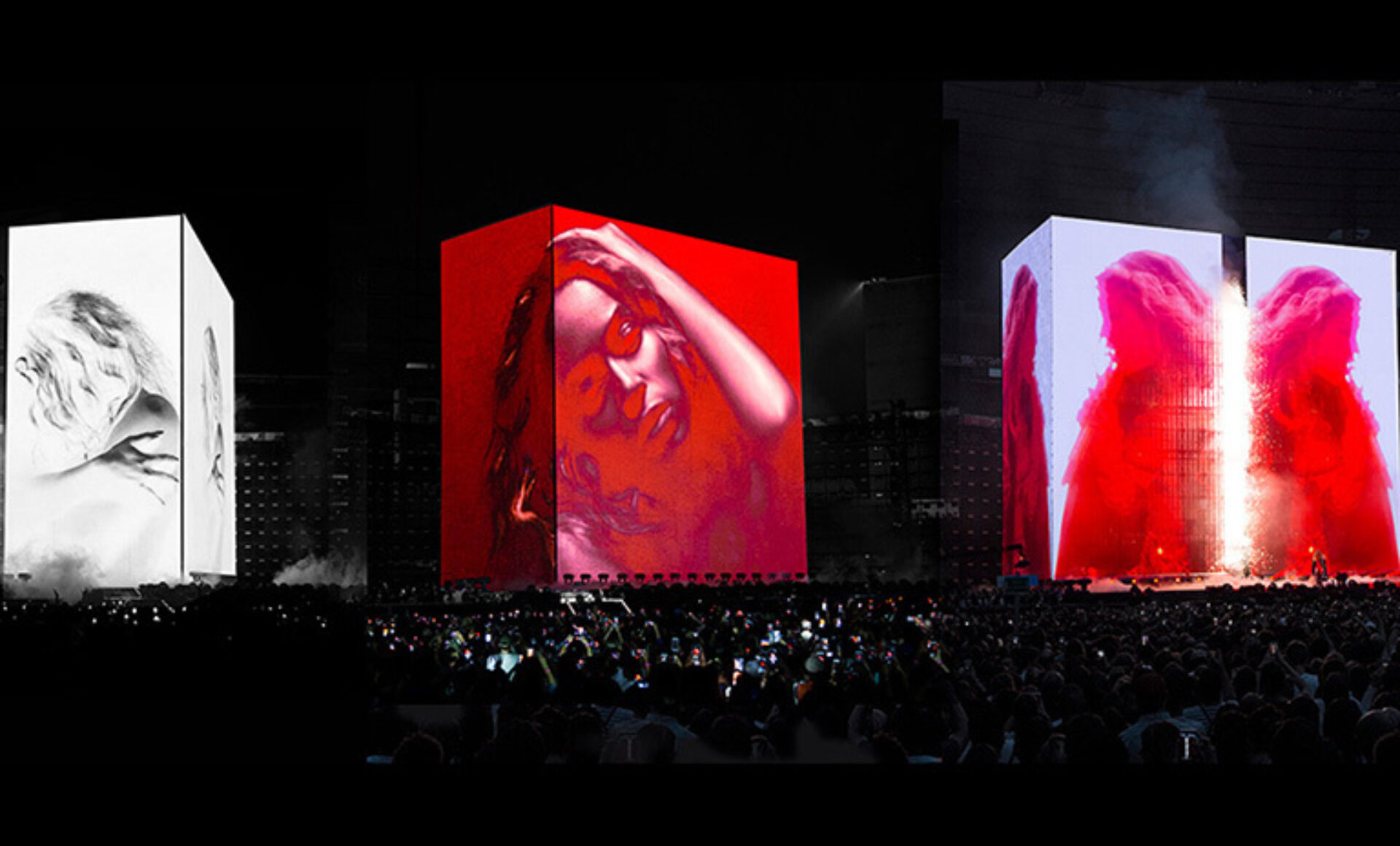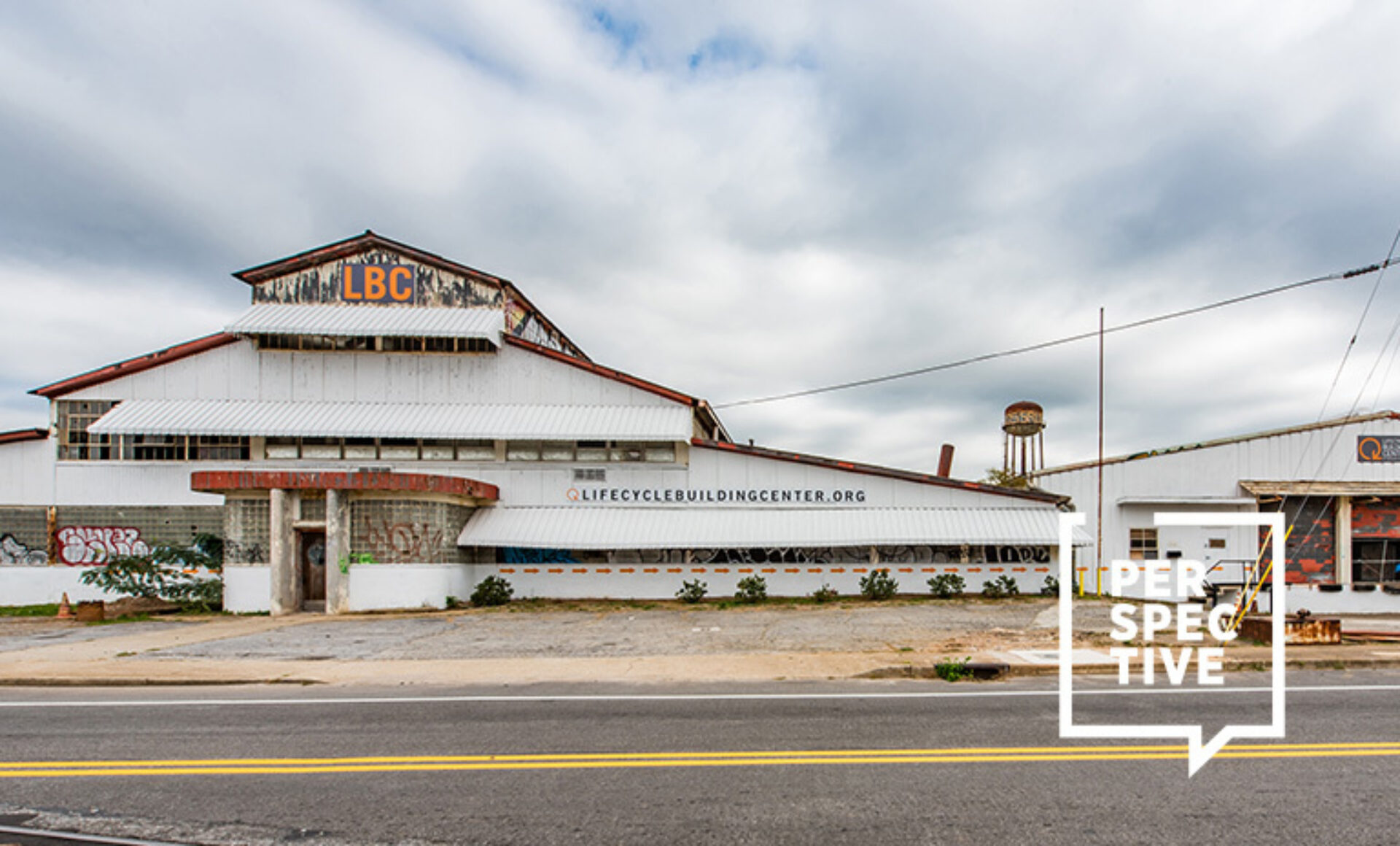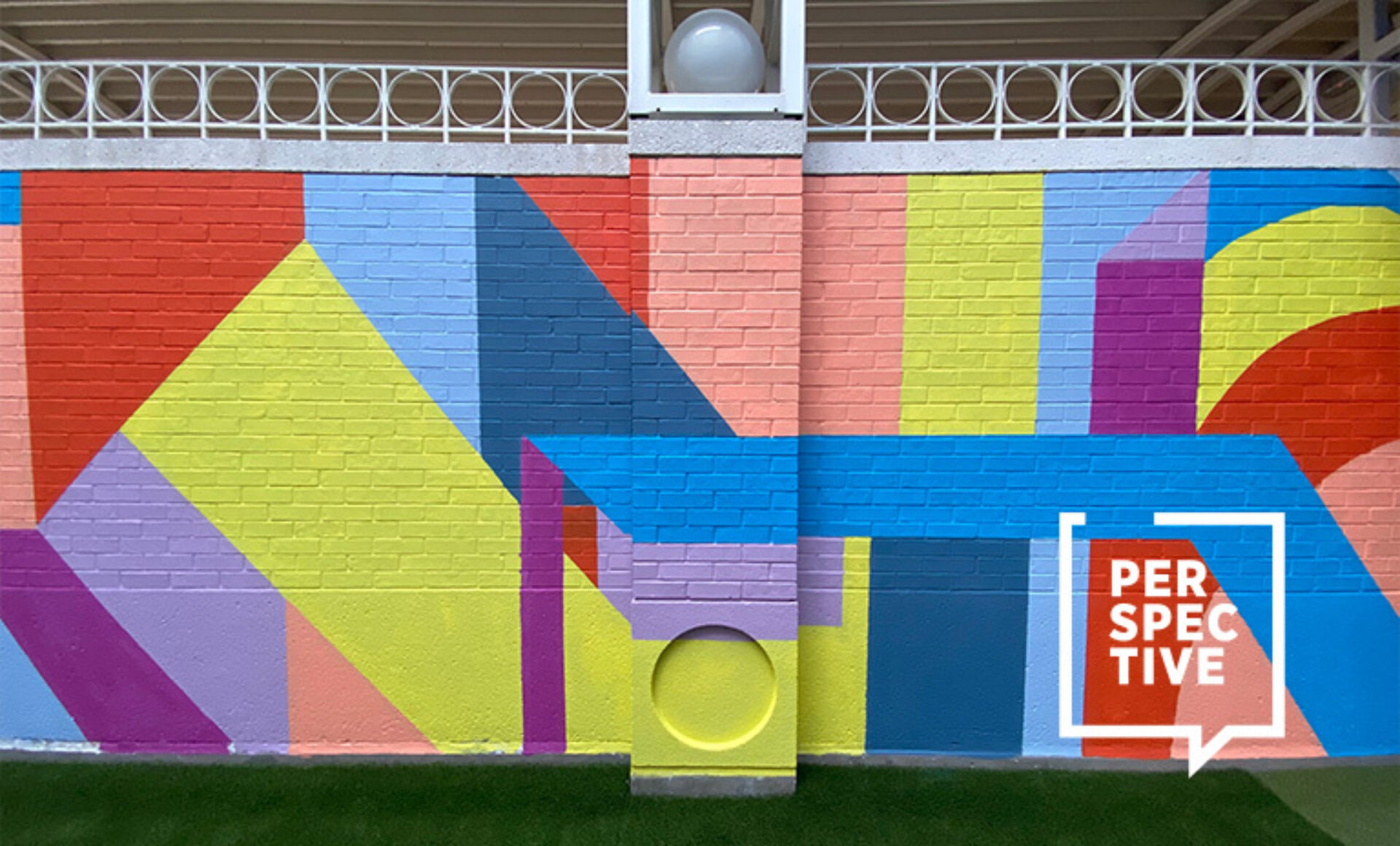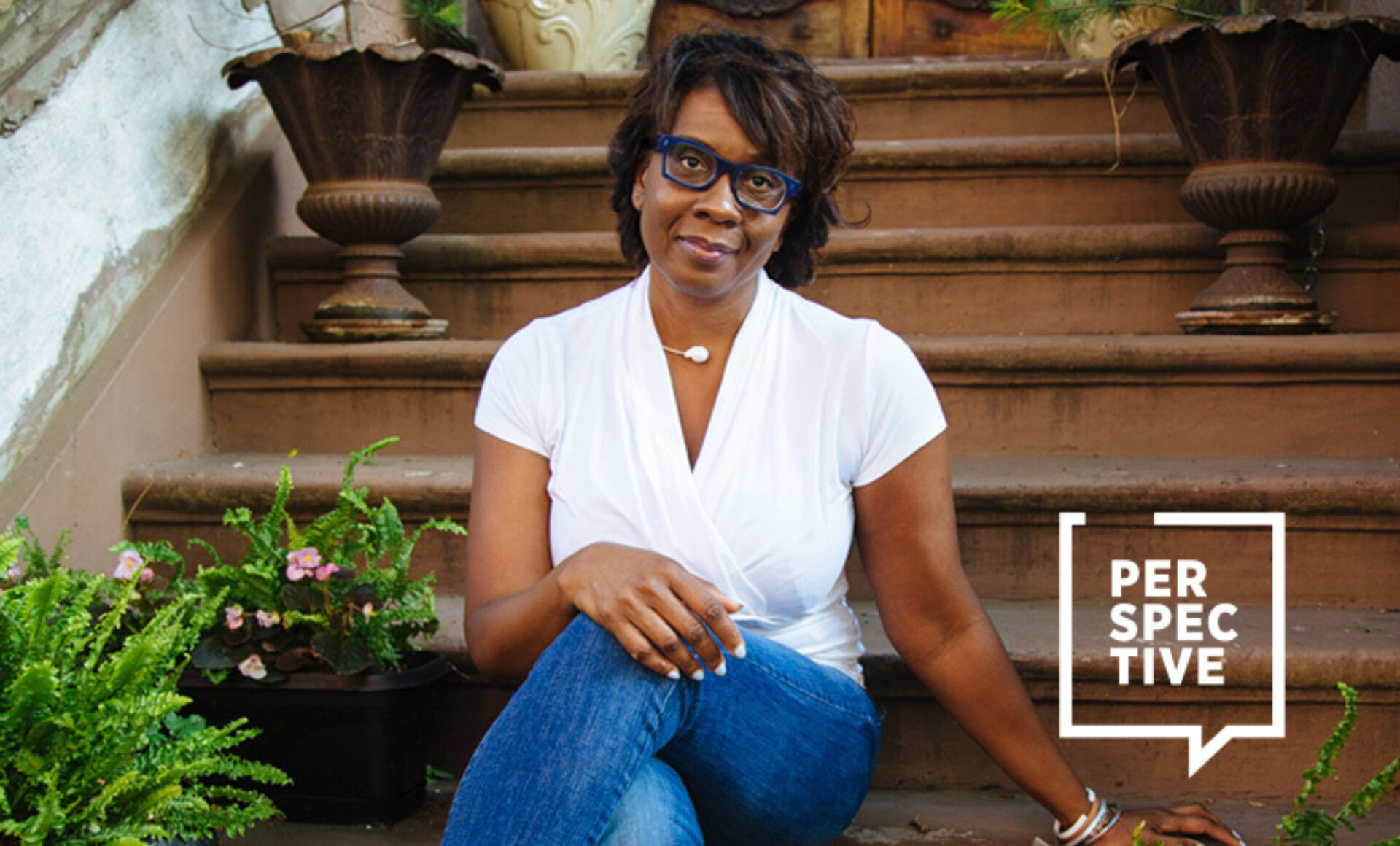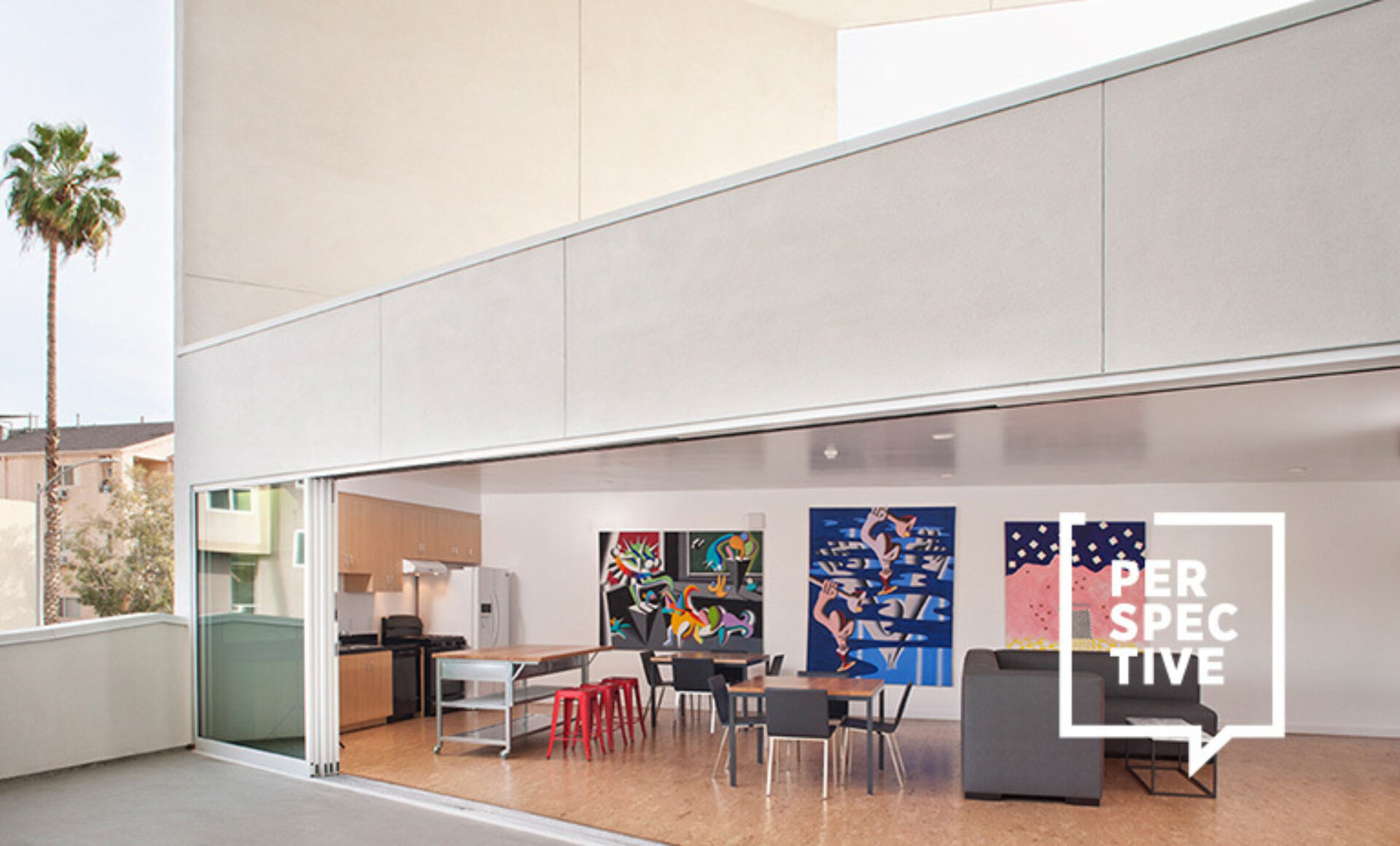(Above image: Big Sur California Coast. Image courtesy of Suzanne Lefebvre)
Designers are the storytellers of the built environment. They craft every aspect of how spaces look, feel, and function, blending beauty, joy, comfort, safety, and functionality into their work — and leaving a positive impact on the world around us. Designers and the spaces they create bring us joy, so we wanted to know, what brings them joy? We asked three designers to keep a joy diary, jotting down something that brings them joy each day for one week, and to answer a few questions about how designers can bring more happiness and humanity into their work.
Meet the Designers
Suzanne Lefebvre, IIDA, a senior project interior designer at CannonDesign and certified interior designer in New York, embraces an empathetic, holistic design approach with a deep understanding of people, place, and purpose. A design leader at her firm, Suzanne helps her team translate clients’ needs into transformative spaces by considering how every design decision shapes human experience and well-being. With a background that spans theatrical, textile, and graphic design, Suzanne crafts compelling spatial narratives that are both expressive and intentional. For her, design is an act of care; thoughtful, meaningful, and attuned to the people it serves.

Jazmin Feige and Matias Gonzalez, founders of Bougie Woogie, a Milan-based design studio, take a playful and fun approach to design. Born in Buenos Aires, the Argentinian designers — who also happen to be a married couple with a background in industrial design — use shape and color to delightful effect in their everyday lives, whether incorporating joy into their home decor designs or sketching ideas for a new piece of furniture. Mati's technical design background and knowledge of material development combined with Jaz's product & retail design background makes them the perfect team. Jaz takes the lead on creative ideas and Mati brings them to life! “We think that good design needs to solve problems in the most creative and fun way,” they said in an interview with European furniture design brand noo.ma.

Photo credit: Katja Stückrath
These designers explored the presence of joy in their lives for one week, and considered how moments of pleasure, delight, community, and connection influence the way they design.
Responses edited for length.
Joy Diary: Suzanne Lefebvre

We don't have to go back to the physical office each week anymore, but most of us do. And while I keep showing up because I love design, I also keep coming back because I love the people. We are a gregarious bunch with humor and levity that brings us together. Whether it’s bonding over a tight deadline, debating color, material matching like it's a life-or-death decision, or sharing endless snacks and sarcasm — the daily dose of human connection keeps things grounded when workload gets intense.
Image courtesy of Suzanne Lefebvre

I walk a lot. With a long car commute and work travel, walking is a necessity, but more than anything, it’s about music. I have over 100 playlists, reflecting my moods and life events. Music saves me, it offers perspective, makes me daydream, and turns my life into a private soundtrack. My relationships and life choices have often been sorted out through walking and listening.
Image courtesy of Suzanne Lefebvre

I was a textile designer before I found interior design. That work gave me a deep understanding of color theory and composition. I’m now translating abstract painter Pam Glick’s personal work into a large public art installation and working with a specialty embroidery manufacturer in India. There’s joy in exploring texture, color, and the unexpected through these kinds of collaboration.
Image courtesy of Suzanne Lefebvre

I’ve always been drawn to the water. It’s where I feel most like myself. Swimming was a big part of my youth and remains one of my favorite ways to feel grounded whether it’s an open lake, the ocean, or a pool. While I’m most at home in our local lakes, I lap swim in the evening to ease my mind. Swimming is something I do alone. It’s not about technique or performance, it’s about the quiet. I don’t have to chat or be anything for anyone. I am just at ease. Alone in the water.
Image courtesy of Suzanne Lefebvre

Mentoring students has been part of my career for many years. I’ve taught as an adjunct in Rochester Institute of Technology’s interior design program, and when a full course load doesn’t fit into my schedule, I guest lecture or critique when I can. It’s about being present in their journey and encouraging them to find their own voices, pushing them to experiment, and grow into empathetic designers who prioritize the human experience in their work.
Image courtesy of Suzanne Lefebvre

The feeling of my hands in the soil calms my soul. It’s not about striving or imagining a different future; it’s about the now. It’s about the ground immediately beneath your feet and the grace of slow progress. The garden reveals that joy isn’t something we chase, but something that quietly emerges when we are fully present. When times have been harder for me, my garden expands, becoming a place of refuge.
Image courtesy of Suzanne Lefebvre
A Sunday Afternoon Drink
I met my friend for a drink at our local bar. There’s something grounding about pausing in the middle of a Sunday to catch up before Monday pulls us back in. We met as fearless teens, slipped into lives we didn’t necessarily desire as young adults, but that have now shaped us as stronger women who are less concerned with the small stuff. We talk about travel, absurd dating stories, family struggles, and the not-so-smart things we did when we were young. There’s joy in aging; the more we let go of the path we thought we had to follow, the more we begin to live.

3 Questions with Suzanne
What makes a space feel joyful to you?
A joyful space seamlessly weaves together the physical and emotional experience. Spaces that feel intimate yet expansive, grounded yet capable of inspiring wonder; these are the spaces that remind me why I love what I do. When it comes to designing spaces that evoke emotions like these, it’s all about the details. What will someone see when they turn left or right? What will they feel, touch or hear? What can excite or calm them? What will stir curiosity or invite reflection? These are the questions that should guide designers' work. That’s how we can create joyful moments of connection between the interior and the exterior, or across an entire building. It’s the details that make spaces resonate and spark joy.
I often use the words “layers” or “layering” when I design. It’s not about adding more to a design but rather building a thorough narrative and texture. A well-designed space integrates materiality, light, and movement into a seamless experience. When the journey and the finishes have been carefully considered, it doesn’t just exude beauty, it feels holistic and intentional. Joyful spaces must also provide emotional safety and empathy. When we design for hospitals, workplaces, or educational environments, we’re not just designing for peak moments, we’re designing for the person who’s overwhelmed, anxious, or in pain. Joy can be found in spaces that allow stillness, offer comfort, and meet people where they are. That’s our responsibility as designers to create spaces that hold people gently in all moments, when joy can be easy or hard to find.
This leads to peace. Joy isn’t always accessible every day and that’s okay. Peace can be just as vital. It offers a quieter, steadier presence we can return to, even in times of uncertainty. Designing for peace means shaping spaces, systems, and experiences that help people breathe more easily and feel safe. When we make space for peace, joy often returns; unforced, unexpected, and even more bright.
What are one or two things designers can do right now to draw from other disciplines and bring more empathy, joy, and humanity into their work?
Step out of your comfort zone. You can do this in small ways like picking up a book you would normally pass over, watching a film outside of a genre you usually gravitate towards, or trying food you thought you’d never try. These small intentional decisions to leave our areas of comfort sharpen our observational skills, and make us stronger, well-rounded designers. We need to see for ourselves that the world is round — experience new cultures, encounter new perspectives, and challenge our assumptions.
I believe design inspiration stems directly from exploration of place and self. And then, returning home brings clarity. I’ve seen this personally in my work with a behavioral health client. I returned from a trip to Greenville, South Carolina, during the early stages of our engagement with them, as they sought to create a healing environment that promotes recovery and wellness. The trip and the surrounding area of the Appalachian Mountains of South Carolina were beautiful, the community was warm and friendly, and the landscape was lush and rich in history. We ultimately created a space filled with natural light, therapeutic spaces, outdoor courtyards and green spaces all gracefully integrated into the building layout.
When you feel distracted, distressed, or frustrated, what helps you unwind and reconnect with creative inspiration and delight?
When I’m tapped out creatively, the key is to let go of the attachment to your work. You may have great ideas, but the client may not think so that day or your team members may not agree. After months of working toward a deadline, possibly facing setbacks from client meetings or team dynamics where nothing seems to click, I find that working with my hands helps reset my mind. I don’t stay up late anymore or work weekends to constantly improve the design. Instead, I shift my focus in a different direction, whether it’s cooking, improving my home, or drawing. The time allows me to reconnect with myself, letting go of ego and embracing the process of tasks rather than obsessing over outcomes.
Being engaged with things that bring me joy and have purpose rather than over intellectualizing. Overtime and weekend work are often inevitable in our profession. But the reality is, deadlines don’t disappear, and the workload will always be there. This is where peace comes in. Step back and rediscover yourself and your different layers that make you unique. Once you slow down and stop pushing through work when you’re stressed, your creativity flows more freely, your trust in your solutions returns, and even better — you start to relax and find the joy in life again.
Joy Diary: Jazmin Feige and Matias Gonzalez

We usually go during the week, when everything seems to move in slow motion. You can see everyone picking out their fruits and vegetables, really living in the moment. It’s nice to take the time to choose what we’ll later eat.
Image courtesy of Bougie Woogie

If possible, we like to do this outdoors. There’s a hidden park near our place where we enjoy spending time with the dogs and sketching out the days ahead, along with some short-term goals.
Image courtesy of Bougie Woogie

After the design phase comes prototyping. The more time we spend at the workshop, the more we’re able to produce and fine-tune things for future projects.
Image courtesy of Bougie Woogie
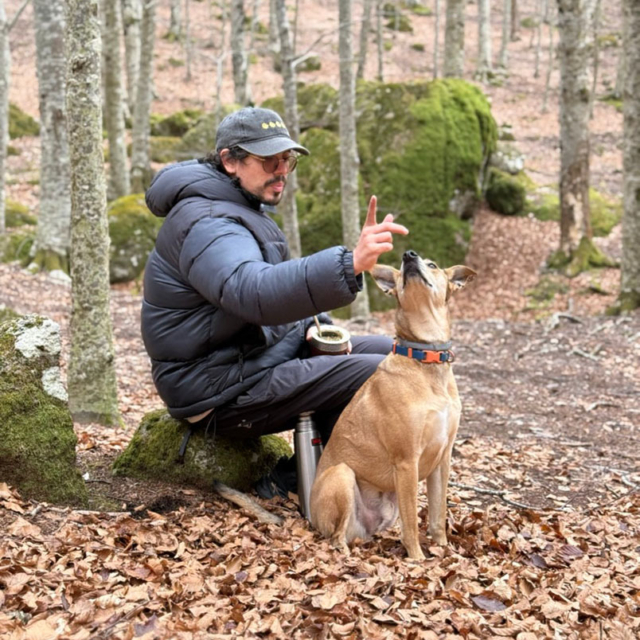
We have Grisin (“breadstick” in Spanish) and Pañuelo (“scarf” in Spanish), our two rescue dogs who mean everything to us. We’re the kind of people who plan everything around our dogs — so being outside with them is one of our greatest joys.

Especially for Jaz, how the plate looks is just as important as how it tastes. We’ve been a bit obsessed with food styling lately!
Image courtesy of Bougie Woogie

There’s a wave of new spots opening near our place, often designed by up-and-coming architecture studios. The food looks just as good as it tastes, and the attention to detail is something we really appreciate.
Image courtesy of Bougie Woogie
Finding materials we love in the wild
Sometimes we’re just walking around and come across materials (especially wood) that catch our eye and inspire us. One time, after a big storm, several trees had fallen — and we brought home a few pieces of wood that we’re now keeping for a future project.
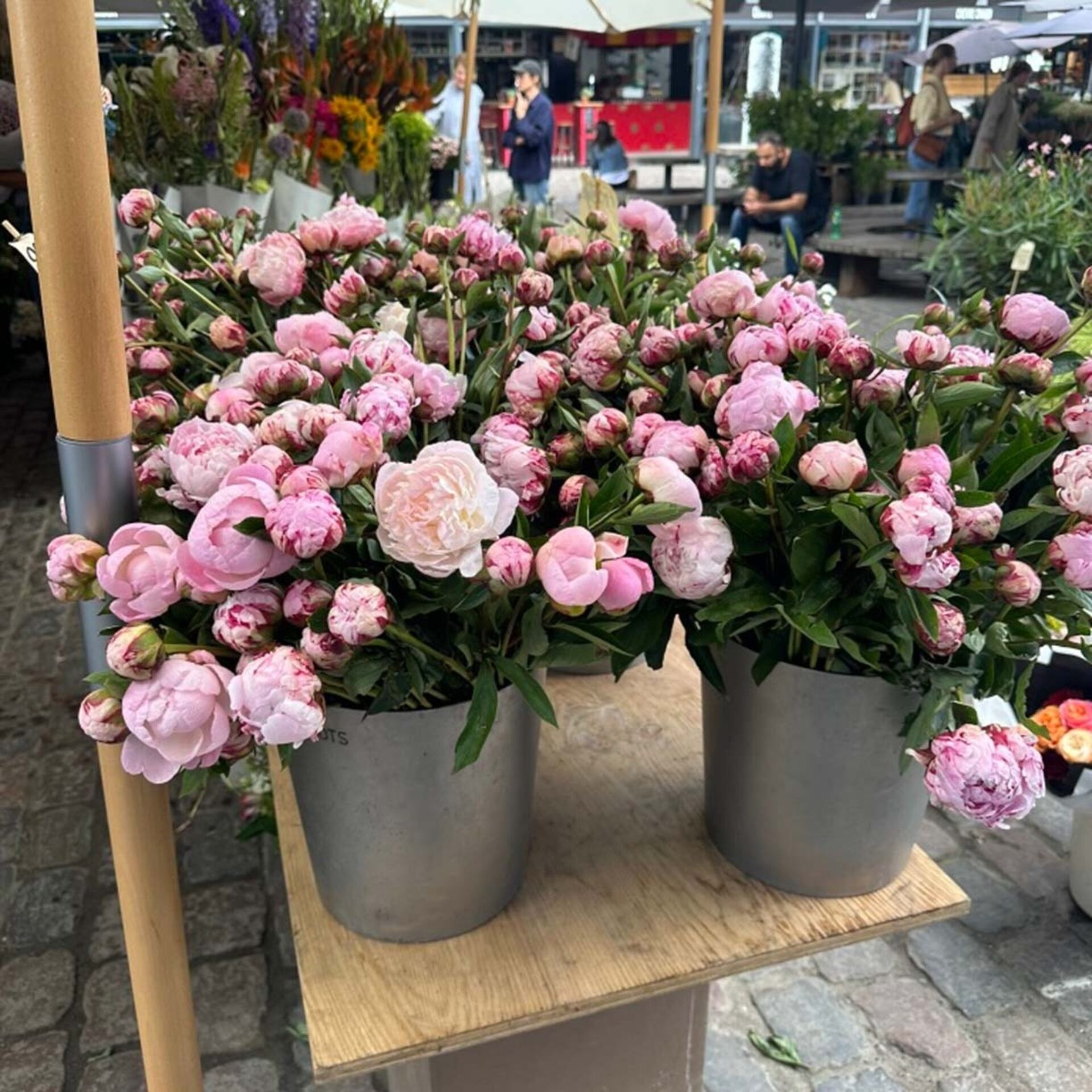
3 Questions with Jaz and Mati
What joyful things in your life have inspired some of your most recent designs or projects?
Our designs are deeply rooted in the joy we find in everyday life. Spontaneous discoveries, like finding a weird plant or flower while having a stroll, or a very architecturally pleasing building we never paid attention to before, have inspired us to think about projects that are reminiscent of some of these findings.
How do you balance playfulness and functionality in your designs? What is your process like?
Balancing playfulness with functionality is at the center of our design philosophy. We start with whimsical sketches, often featuring bold colors and unconventional shapes, that capture a sense of joy. From there, we focus on the practical aspects, ensuring each piece serves a purpose in daily life. Our collaborative process allows us to iterate quickly; for example, Jaz’s initial drawings are transformed into prototypes by Mati, often within days. This synergy ensures our designs are both functional and beautiful in form.
When you feel distracted, distressed, or frustrated, what helps you unwind and reconnect with creative inspiration and delight?
When challenges arise, we find solace in simple, grounding activities. Spending time with our two rescue dogs, Grisin and Pañuelo, brings us immense joy and a sense of calm. We also enjoy visiting local farmers’ markets, where the vibrant colors and fresh produce reignite our creative spark. Cooking together also allows us to express our creativity in a different medium. These rituals help us reset and return to our work with renewed inspiration.


